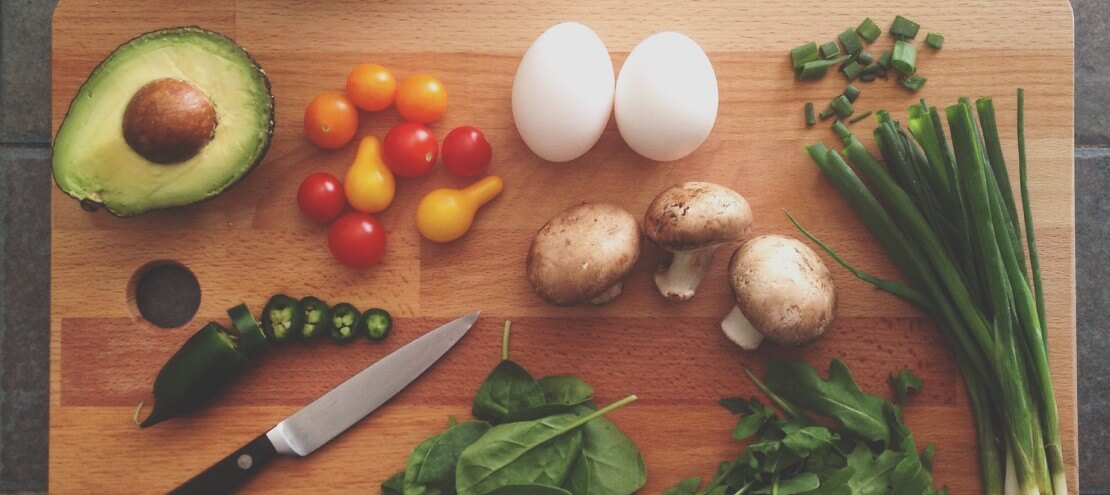
I’m a proud believer in the Slow Food movement. In case you’ve never heard of the Slow Food movement, here goes:
Born out of Italy in 1989, Slow Food was originally a grassroots organization that built partnerships between like-minded individuals, communities and chefs to promote “food that is good, clean and fair for all.” It has since evolved into a global movement. The movement calls for the celebration of local cultural traditions surrounding food, the rejection of industrial farming for local, organic farming, and preservation of biological diversity.
While committing wholeheartedly to a 100 percent Slow Food lifestyle is not realistic for the average city-dweller (myself included), at the heart of it all, Slow Food does offer advantages we could all stand to gain from. Through thoughtful choices about food, we can actively rebel against the laziness and unhealthy practices associated with our fast-paced, do-it-all society. We can all practice something I’d like to call the Slow-ish Food movement.
The Slow-ish Food movement, a term I’ve oh-so-creatively coined, is a bit more forgiving than the traditional Slow Food movement. We don’t all have the space, time and energy to farm our own produce – sometimes, shortcuts are necessary. Slow-ish Food gives today’s consumers a bit more room to breathe, but does not compromise the core ideals associated with its more headstrong namesake. It understands that McDonald’s is delicious and that sometimes boxed cake mix is the only way you’ll be able to finish making all those cupcakes for the bake sale. However, when patience and hunger allow, Slow-ish Food suggests that traditional Slow Food practices should be entertained and honored.
As I see it, there are three key benefits to adopting Slow-ish Food practices:
Personal growth.
Practicing a skill like cooking or urban farming that has absolutely nothing to do with professional success is thrilling. Patience, responsibility and creativity are key to growing a new vegetable and then turning that around into a delicious dinner. Choosing Slow Food over fast food adds a bit of meditative thoughtfulness to life — simple acts like baking bread or planting some lettuce seeds on your windowsill teach important lessons that aren’t always highlighted in everyday city life.
Relationship building.
By trading some TV-time for some time in the kitchen or garden, friends and families can work together to make something beautiful. As a twenty-something living in the Bay Area with quite a few roommates, it’s nice that we can all work together in the kitchen to create something delicious to share as a group. We’re a family – and like any family, a proper dinner brings us together.
Environmental responsibility.
Growing produce at home (or shopping at farmer’s markets) reduces the distance food must travel from where it was produced. This distance can be referred to as a product’s “food miles.” The shorter the distance that food must travel to end up on your dinner plate, the less CO2 is emitted in the process.
As a Silicon Valley native, I’ve been surrounded by fast-paced innovation for my entire life. While technology, opportunity, and the bustle of the city can be exciting at times, they also make it easy to get wrapped up in the hectic nature of everyday life. Uber calls taxis with the press of a button, Amazon delivers items in the blink of an eye, and a seemingly endless array of food delivery apps can summon tasty, piping hot gourmet food to your door in a matter of minutes. Fast, on-demand gratification is the new normal.
I’ve come to love Slow-ish Food for the clarity and focus it brings to my daily life. Even during the craziest, most demanding weeks, outlets like my garden and kitchen help me take a step back, enjoy the simplicity of a perfectly ripe tomato, and appreciate how far we’ve come.